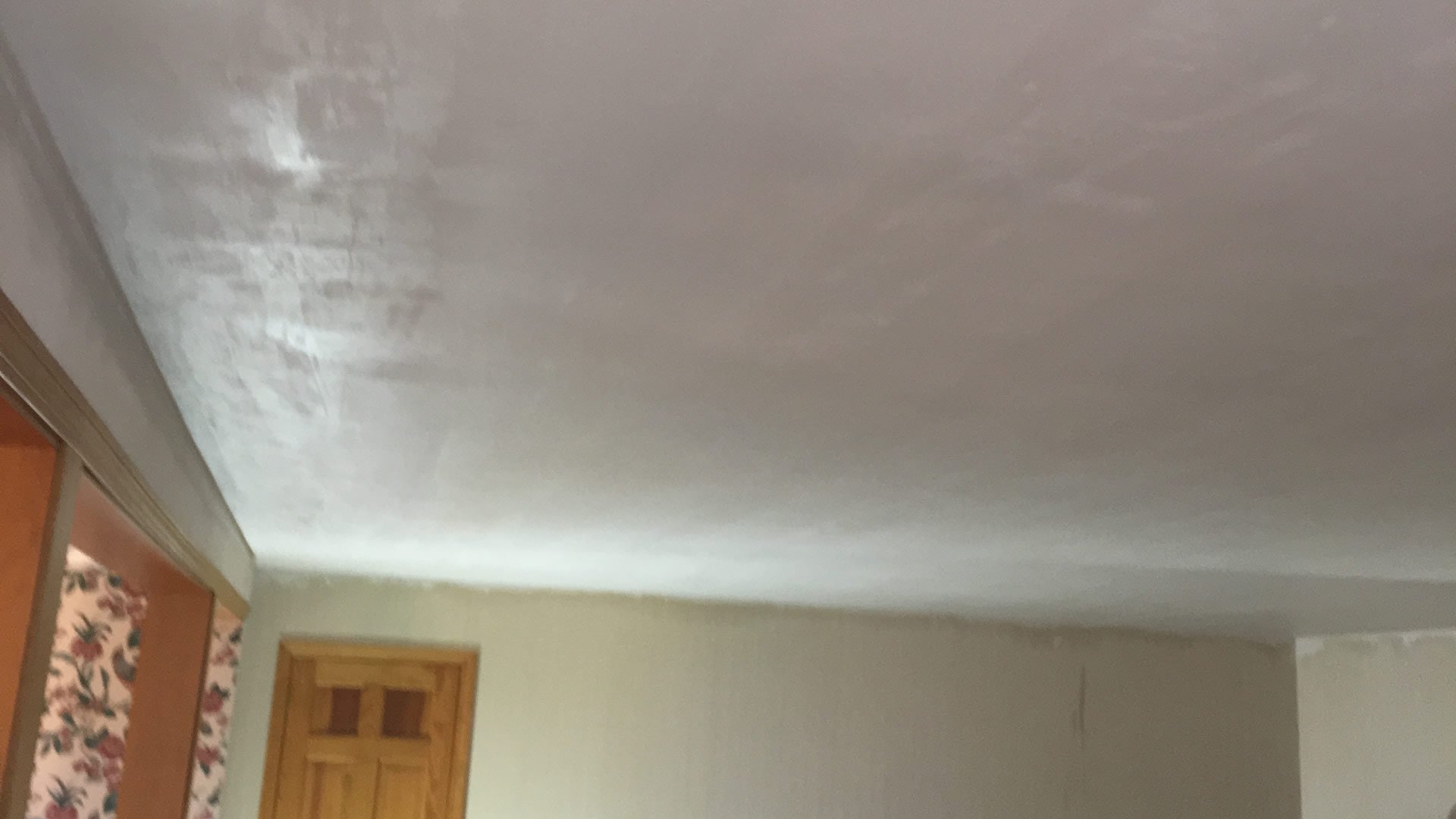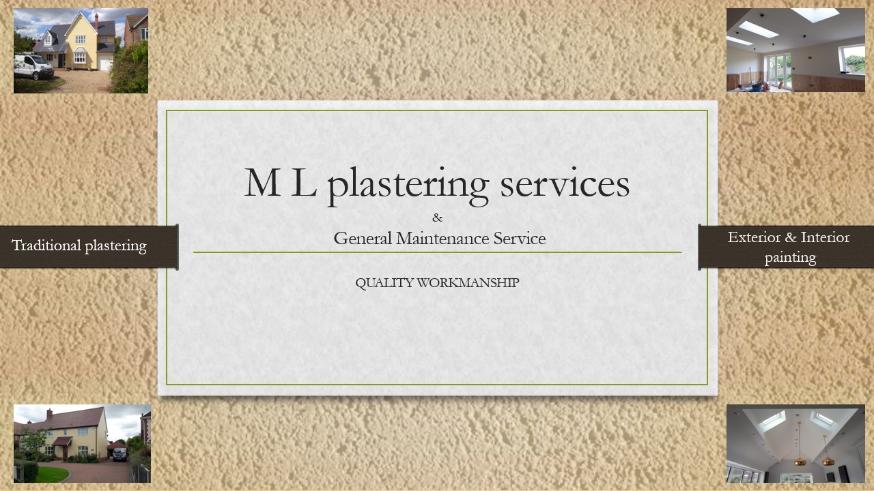Everything about Mc Pro Plastering Services: Plasterers Sydney

A plasterer is a tradesperson who works with plaster, such as forming a layer of plaster on an interior wall or plaster ornamental moldings on ceilings or walls. The process of producing plasterwork, called plastering, has actually been used in building construction for centuries. Early 19th century plasterer at work - painting by John Cranch (17511821) Plasterwork is one of the most ancient of handicrafts utilized in connection with structure operations, the earliest proof revealing that the dwellings of primitive man were put up in a basic style with sticks and plastered with mud.

The pyramids in Egypt include plasterwork performed a minimum of 4 thousand years ago, probably much previously, and yet existing, tough and resilient, at today time. From recent discoveries it has been determined that the principal tools of the plasterer of that time were almost identical in design, shape and purpose with those utilized today.
Hair was introduced to strengthen the stuff, and the entire completed rather under an inch thick. Extremely early in the history of Greek architecture we discover the use of plaster of a great white lime stucco, such has actually been found at Mycenae. The art had reached excellence in Greece more than 5 centuries prior to Christ, and plaster was frequently utilized to cover temples externally and internally, sometimes even where the structure was of marble.
Top Guidelines Of Traditional Plastering Services - C&p Plastering In Plymouth ...
Likewise referred to as Gyporockers. In the more common operations of plastering, relatively few tools and couple of products are needed, however the workman efficient in all branches of the craft will possess a very large variety of executes. The products of the workman are laths, lath nails, lime, sand, hair, plaster of Paris, and a variety of cements, together with different ingredients to form coloring washes, et cetera.
Laths have to do with an inch Lathing-wide, and are made in 3 thicknesses; single (1/8 to 3/16 inch thick), lath and a half (1/4 inch thick), and double (3/8 -1/ 2 inch thick). The thicker laths ought to be used in ceilings, to stand the extra pressure, and the thinner range in vertical work such as partitions, except where the latter will undergo rough use, in which case thicker laths end up being essential.
Laths were previously all made by hand. A big amount, nevertheless, are now made by machinery and are known as sawn laths, those made by hand being called lease or riven laths. Lease (riven) laths offer the very best results, as they split in a line with the grain of the wood, and are stronger and not so liable to twist as industrial laths, some of the fibers of which are typically cut in the procedure of sawing.
All About How To Plaster A Ceiling - Your Complete Guide (With Costs ...

Laths must be nailed so as to break joint in bays three or four feet broad with ends butted one versus the other. By breaking the joints of the lathing in this way, the propensity for the plaster to break along the line of joints is decreased and a much better secret is acquired and it offers restraint for the lumber frame.
All timbers over three inches (76 mm) wide should be counter-lathed, that is, have a fillet or double lath nailed along the centre upon which the laths are then nailed. This is done to preserve a great key for the plaster. Walls liable to damp are often battened and lathed in order to form an air cavity in between the damp wall and the plastering.
There are really numerous kinds of this material Metal made in various styles under various patents, the very best known in England being the Jhilmil, the Bostwick, Lathing, and the Expanded Metal lathing. The 2 last-named are likewise widely used in America. Lathing nails are typically of iron, cut, wrought or cast, and in the better class of work they are galvanized to avoid rusting.
Tse Plastering Services In Birmingham - Rated People Fundamentals Explained
The lime mainly used for internal plastering is that calcined from chalk, oyster shells or other nearly pure limestone, and is referred to as fat, pure, chalk or rich lime. Hydraulic limes are likewise utilized by the plasterer, mainly for external work. Perfect slaking of the calcined lime prior to being used is very essential as, if used in a partially slaked condition, it will "blow" when in position and blister the work.
Due to time restraints Hydrated Lime mixed with plaster is normally used for contemporary building. Slaking is not needed if more time is enabled ending up the surface area after application which is a typical practice where a quality finish is required, nevertheless in the housing industry it is often run for three days, the time it takes to prepare a typical house for plastering, to achieve a lower quality cost effective surface.
click here